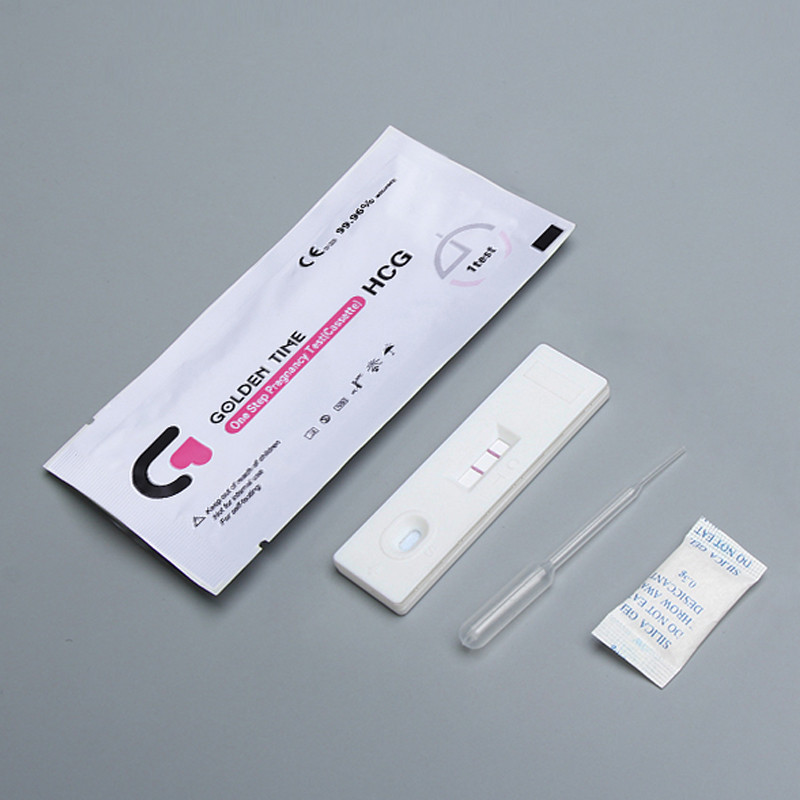Nov . 08, 2024 08:49 Back to list
Rapid Antigen Testing Kits for Quick and Accurate Results in Disease Detection
Understanding Rapid Antigen Test Kits A Comprehensive Overview
In recent years, the world has faced unprecedented challenges due to the COVID-19 pandemic. As health authorities work diligently to control the spread of the virus, various testing methods have been developed and widely implemented. Among these, the rapid antigen test kit has emerged as a crucial tool in the battle against COVID-19, providing quick results and facilitating timely decision-making.
What is a Rapid Antigen Test Kit?
A rapid antigen test kit is a diagnostic tool designed to detect specific proteins (antigens) produced by the SARS-CoV-2 virus, which causes COVID-19. Unlike traditional PCR tests, which detect genetic material and can take several hours to days to yield results, rapid antigen tests are designed to deliver results within 15 to 30 minutes. This speed has made them particularly appealing for mass testing scenarios, such as at airports, schools, and workplaces.
How Does It Work?
The operation of a rapid antigen test is relatively straightforward. Typically, it involves the following steps
1. Sample Collection A healthcare professional or the individual themselves collects a sample, usually via a nasal swab. 2. Sample Processing The swab is then mixed with a buffer solution, which helps to release the proteins from any virus present in the sample.
3. Testing This mixture is applied to a test strip that contains antibodies designed to bind to the viral antigens if they are present. If the antigens are detected, a visible line will appear on the test strip, indicating a positive result.
4. Result Interpretation Results are usually categorized as positive, negative, or invalid. A positive result suggests the presence of the virus, while a negative result indicates its absence, at least at the time of testing.
Advantages of Rapid Antigen Test Kits
1. Speed One of the most significant advantages is the rapid turnaround time, allowing individuals to receive results almost immediately. 2. Cost-Effectiveness Rapid antigen tests are generally less expensive to produce and administer than PCR tests, making them accessible for large-scale testing programs.
3. Ease of Use They are designed for user-friendliness, with many kits suitable for use by non-professionals, increasing testing accessibility.
rapid antigen test kit

4. Capacity for Mass Testing Their rapid nature permits widespread screening, which is particularly useful in controlling outbreaks by quickly identifying infected individuals.
Limitations and Considerations
Despite their advantages, rapid antigen tests do have limitations
1. Lower Sensitivity Rapid antigen tests are generally less sensitive than PCR tests. This means that they may produce false-negative results, particularly in individuals with low viral loads, such as those in the early or late stages of infection.
2. Training for Use While many tests are designed for over-the-counter use, proper training is still critical to ensure reliable results. Misinterpretation of results can lead to incorrect conclusions.
3. Limited to Specific Antigens These tests can only identify certain proteins; hence, the absence of a positive result does not completely rule out infection, especially if the individual is symptomatic.
The Role of Rapid Antigen Tests in Public Health
As vaccination rates increase and nations work towards returning to a semblance of normalcy, rapid antigen test kits will continue to play an essential role in public health strategies. They are particularly invaluable in monitoring outbreaks, guiding quarantine measures, and making informed decisions quickly.
Healthcare providers, schools, and organizations can use these tests to screen individuals before events or gatherings, thus minimizing the risk of transmission. In workplaces, regular testing can help ensure employee safety and confidence in returning to physical environments.
Conclusion
Rapid antigen test kits represent a significant advancement in our ability to respond swiftly to infectious disease outbreaks, particularly COVID-19. Their speed, cost-effectiveness, and ease of use make them an indispensable part of the testing landscape. However, as we continue to navigate through challenges posed by the pandemic, it remains critical to interpret the results thoughtfully and use them as a complement to other safety measures, including vaccination and proper health protocols. With ongoing innovations in testing technology, the hope is that we can achieve not only effective control of COVID-19 but also preparedness for future health crises.
-
Highly Accurate hCG Pregnancy Test Strips - 5 Min Results
NewsAug.02,2025
-
Premium Empty ABS Plastic Cassettes: Durable & Lightweight Storage
NewsAug.01,2025
-
Accurate Cocaine (Coc) Rapid Test Kit | Fast & Reliable Detection
NewsJul.31,2025
-
Accurate HCG Pregnancy Test Strips | Fast Home Use Kit
NewsJul.31,2025
-
Reliable Early Pregnancy Test Kit Supplier - Multi Plastic Cassette Options
NewsJul.30,2025
-
Transferrin Rapid Test Cassette – Reliable Tumor Marker Detection
NewsJul.29,2025

